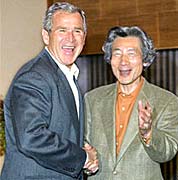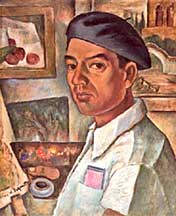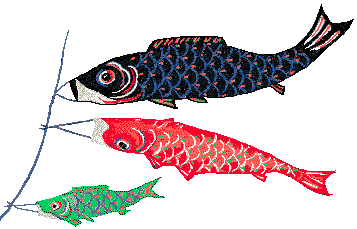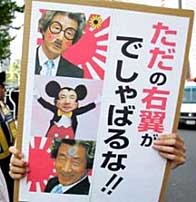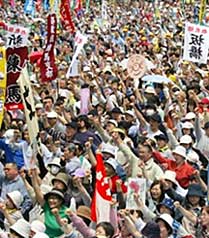Docchi no Ryori Show!
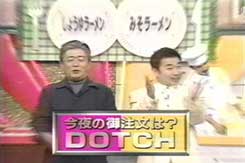
While Iron Chef presented a frenzied cooking competition that emphasized style, personality, and performance, a new cooking show already well known in Japan, places the emphasis on the art of cooking, sophisticated technique, and traditional ingredients. Docchi no Ryori Show! ("Which One!?" Cooking Show), now airing in the US as a subtitled broadcast in several major cities, is one of the greatest cooking shows ever produced. The show is hosted by Hiroshi Sekiguchi and his younger rival Yuji Miyake, whose teams of chefs prepare delectable presentations of food for the celebrity guest judges. Initially, the seven panelists are presented with two similar but different dishes that they must state a preference for, which then breaks them up into competing "Red" and "Yellow" teams. The cooks then have to sway the majority of panelists into their camp with their presentation of extraordinarily conceived dishes made from the best hand-picked ingredients. To add to the competitive atmosphere of the show, only the winning team ends up feasting upon the chosen dish, while the losing team must watch with empty bellies.
But it’s not because of the competitive nature of the show that we find ourselves tuned in every week (Saturdays at 8:00pm, here in Los Angeles). We are enthralled because each broadcast gives an in-depth examination of Japanese food, with insights into its history, production, and influence on Japanese culture. The foods prepared on each episode range from the simplest rice dishes to the most elaborate traditional concoctions, but also can focus on completely Western dishes, or Japanese-Western hybrids. Regardless of the dish however, the same care is always given to fully tantalize the audience. Camera crews will visit restaurants which specialize in the dish presented in a particular episode, and get first hand interviews and demonstrations from chefs who on a daily basis, please their clientele with their own unique version of the dish in question.
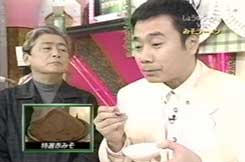
The winning stroke however, usually comes with the carefully selected "special ingredient" for each dish. Usually, this is an item made or harvested in the most traditional manner, employing practices handed down by small groups of individuals for generations. For example, types of seaweed that can only be harvested by hand at certain times of year, chicken that has been fed only the best ingredients and roam free in Japan’s misty hillsides, or a step by step look at the labor-intensive method by which Bonito fish flakes are traditionally prepared. These educational segments on the production of food, also sometimes include looks at the production of spices, the creation of kitchen implements and accessories, or whatever else is required for the team of chefs to take their dish over the top. These segments provide rare and unique looks at the traditional craft aspect of making Japanese food, and give insights into village life and age old techniques being lost in today’s fast-paced modern world. Often, even the panelists are not aware of how their favorite foods were originally produced, so the programs are as educational to them as to the viewers. There is a sense of genuine awe and deep appreciation for the remarkable lengths that the teams go to in order to create a superlative dish made from the best possible ingredients. In fact, Docchi is a one of a kind blend of history, education, and entertainment. Whether the dish at hand is French pastry, Mango Pudding, or BLT sandwiches… or Japanese fare like grilled eel, okonomiyaki, or a sumptuous noodle dish… Docchi handles it all with flare. It’s a riveting show, and we recommend that everyone tune in if the program is available in their area. When faced with any number of mediocre cooking shows versus this Japanese classic, the choice is obvious. Or as they say when the two dishes are presented for the final judging - "Docchi?!" or, "Which one will you choose?" (posted by J. & M.)
